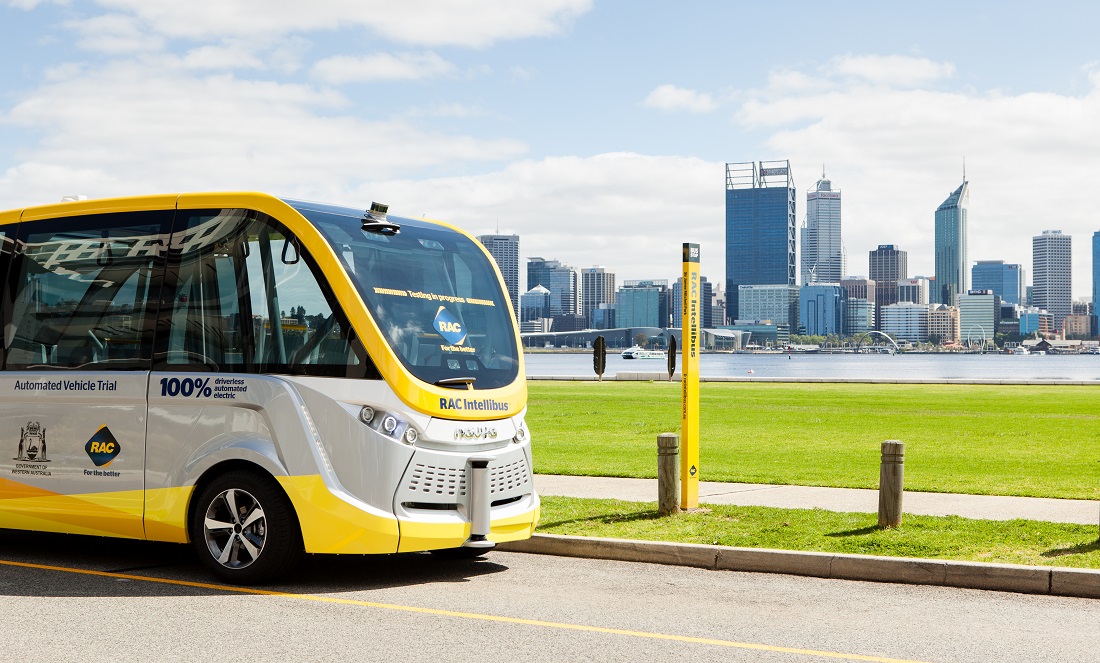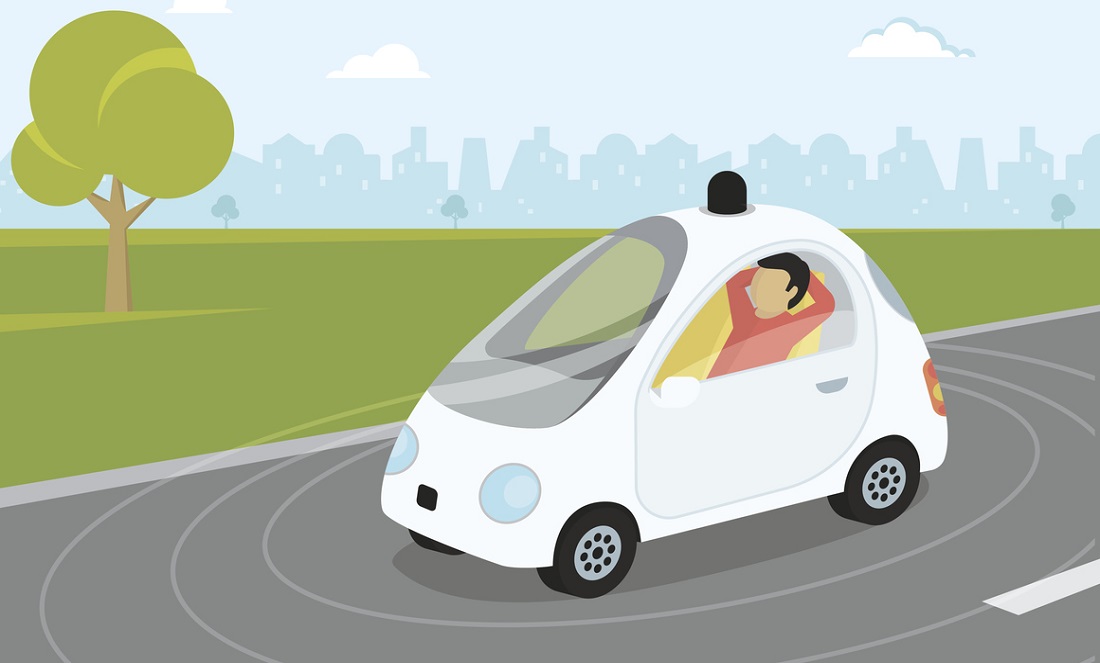Last month the RAC’s Intellibus clocked up its 2000th passenger, with another 4000 reportedly on the waiting list.
And we’re right to be excited, with autonomous vehicles poised to revolutionise the movement of people and goods.
A true driverless car could take your dog to a gated park, with a dog minder in place to return your furry friend to your front door.
It could drop your children off at ballet and deliver a piping hot pizza thanks to on-board food service technology.
It could enable a quick hook-up.
Or change the way we shop, by showing up with a selection of clothes to try on from your favourite stores and returning a few hours later to collect anything you don’t want.
But the real reasons we should be embracing driverless cars go far beyond convenience.
Slashing road trauma
Curtin University public health expert Professor Simone Pettigrew says there’s huge potential to get excited about driverless cars as a life-saving technology.
“One you take the human error factor out of driving, the forecasts are that it will eradicate about 93% of accidents,” she says.
“If you think about that in world terms, a million and a half people a year lose their lives on roads, so we’re looking at virtually all of those lives being saved.”
“If we look at just Australia that’s about 1200 a year, and then another 34,000 who end up in hospital and being treated for injuries from motor vehicle accidents.”

A MORE INCLUSIVE SOCIETY
Some of the biggest winners from driverless cars will be the elderly and disabled.
With an ageing population, many Australians will face no longer being able to drive because they lack the vision or hearing required.
Simone says automated vehicles will hopefully allow more people to stay mobile, and get to doctors appointments and social events.
“Which means we stay socially connected, and that’ll improve our physical health and our mental health.”
CLIMATE CHANGE BOOST
Most experts believe the vast majority of vehicles in a driverless world will be electric.
They could encourage more active transport because automated vehicles will need narrower lanes, allowing cyclists to share the road.
Driverless cars will also be much more efficient than us mere humans.
“Picture say, for instance, a set of traffic lights,” Simone says. “Everybody’s stopped at a red light then it turns green.
“In the current scenario, driver A takes off and then driver B has a few seconds to think about what’s going on and then plants his foot and takes off.”
“It’s a slow reactive process.”
“Once the vehicles are all talking to each other as well as to a mainframe they’ll know exactly when the lights are changing and be able to take off synchronously and use minimal fuel.”
On the downside, the ease of driverless cars could see people using public transport less.
One popular solution is to encourage governments to direct resources to outstanding public transport systems for ferrying people in and out of the CBD and across cities.
Driverless cars could then provide a ‘last mile’ solution, with clusters of automated vehicles at train stations to take people to their homes.









